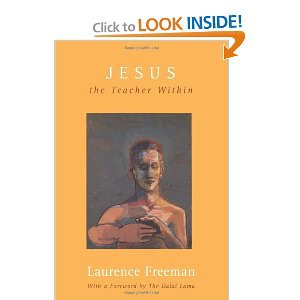Okay, so everybody's talking about The Busy Trap, and opinion piece published in the New York Times last weekend. It went viral. Struck a chord. People resonate with it. We don't want to be busy. But as Rachel Dodes in the Wall Street Journal says about "The Busy Trap," we don't have the foggiest idea what to do about it.
Busyness is a distinctly modern epidemic. Untethered to the wisdom of the spiritual traditions, modern people haven't the foggiest idea how to get free. But the contemplative traditions teach us that idleness is a sacred path, while busyness is, well, stupidity, and frankly, may be the height of laziness.
Here's an excerpt from the article:
Idleness is not just a vacation, an indulgence or a vice; it is as indispensable to the brain as vitamin D is to the body, and deprived of it we suffer a mental affliction as disfiguring as rickets. The space and quiet that idleness provides is a necessary condition for standing back from life and seeing it whole, for making unexpected connections and waiting for the wild summer lightning strikes of inspiration — it is, paradoxically, necessary to getting any work done. “Idle dreaming is often of the essence of what we do,” wrote Thomas Pynchon in his essay on sloth. Archimedes’ “Eureka” in the bath, Newton’s apple, Jekyll & Hyde and the benzene ring: history is full of stories of inspirations that come in idle moments and dreams. It almost makes you wonder whether loafers, goldbricks and no-accounts aren’t responsible for more of the world’s great ideas, inventions and masterpieces than the hardworking.
All this reminds me of a book I read years ago by Catholic philosopher, Josef Pieper, Leisure: The Basis of Culture. It's a sustained meditation on classical, medieval, and modern culture. Here's a link to a helpful introduction to his thinking.
So, pray . . .
Idly.
Silently.
Uselessly.
Contemplatively.
Leisurely.
St. Seraphim of Sarov once said, "Acquire inner peace and thousands around you will find their salvation." You're not just saving yourself, but helping to pull all the world to safely along with you.

